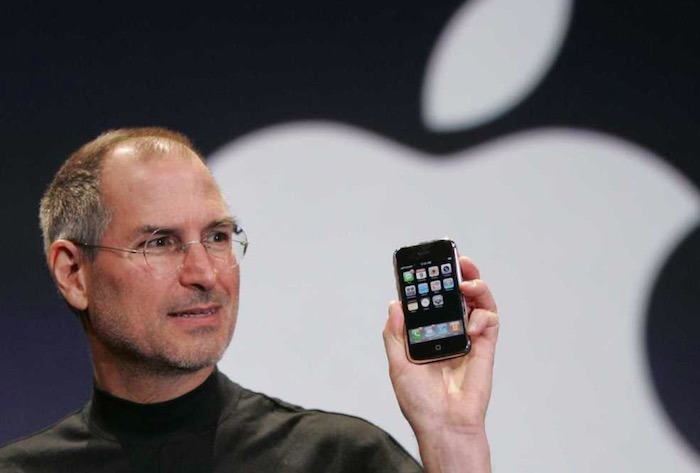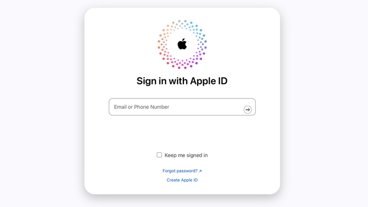AT&T pulls plug on 2G network, ending cellular data for Apple's 2007 iPhone
U.S carrier AT&T has announced the shutdown of its 2G network, in the process killing off support for some older phones — including Apple's original iPhone, which didn't offer any faster cellular options.
The change actually took effect on Jan. 1, AT&T said. Plans were first revealed four years ago, and the carrier has been since been migrating people to 3G and 4G devices, sometimes offering them at a discount or for free.
AT&T said that its goal is to open up more cellular spectrum "for future network technologies, including 5G," though in the short term, it will allocate bandwidth towards 4G LTE.
In the U.S. 2G has largely become a fallback data technology for phones in rural areas, as most towns and cities are thoroughly covered by 4G or at least 3G.
When it launched in 2007, the first iPhone took some criticism for operating only on 2G cellular, as 3G was already in service and offered far faster speeds, potentially very useful for the mobile version of Safari. Apple didn't offer 3G until the following year's model, and iPhones remained an AT&T exclusive in the U.S. until a Verizon version of the iPhone 4 shipped in Feb. 2011.
With the end of AT&T's 2G network, owners of original U.S. iPhones will have to use Wi-Fi to do anything on the internet. Apple itself, however, has officially declared the device obsolete, and the latest OS release it supports is iOS 3, which virtually all developers have abandoned.
Apple celebrated 10 years since the unveiling of the first-generation iPhone last week. The iconic device was shown off onstage at the 2007 Macworld expo by late Apple cofounder Steve Jobs.
 Roger Fingas
Roger Fingas











 Mike Wuerthele
Mike Wuerthele

 Malcolm Owen
Malcolm Owen
 Chip Loder
Chip Loder

 William Gallagher
William Gallagher
 Christine McKee
Christine McKee
 Michael Stroup
Michael Stroup






